Vietnam | Introduction to the planting environment of coffee producing areas and coffee varieties. In Asia, there are many coffee-producing countries, such as Laos, Indonesia, Timor-Leste, China, and Vietnam, among which Vietnam is the world’s second-largest coffee-producing country and is renowned for producing Robusta.
Vietnam is located at the southeastern tip of the Indochinese Peninsula in Southeast Asia, with a narrow and slightly S-shaped terrain. The northern part of the country borders Guangxi and Yunnan in China, and the western part borders Laos and Cambodia. The country has a land area of approximately 330,000 square kilometers.
Vietnam is a country with both land and sea. Its southeast side faces the South China Sea, and the terrain in the northwest is high, while the southeast is low. Within the country, 3/4 of the area is mountainous and plateau, with the Red River Delta and the Mekong River Delta being the two major plains and the main agricultural producing areas. The northern and northwestern parts are high mountains and plateaus, and the Central Long Mountain Range runs north to south through the middle of the country.
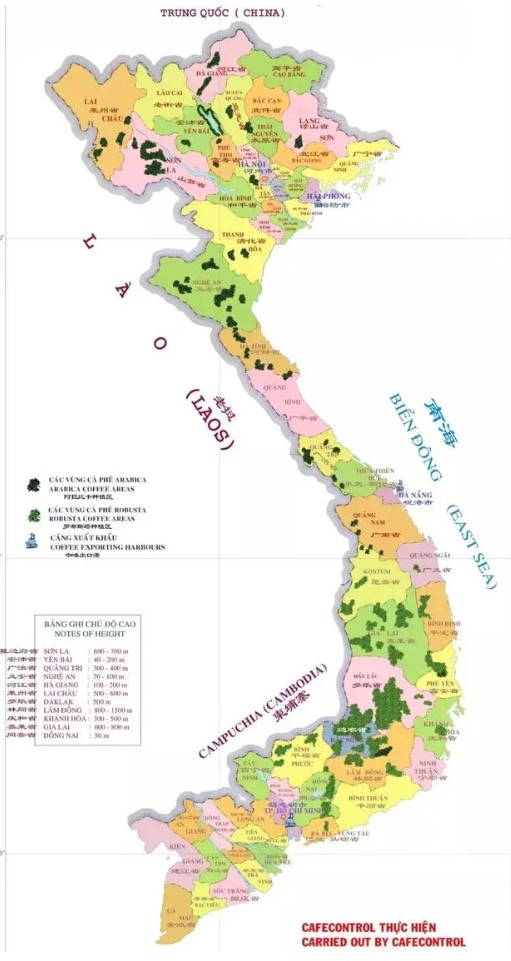
Vietnam is located south of the Tropic of Cancer and belongs to the tropical monsoon climate zone. The northern part of the country has four distinct seasons, and the average temperature in most areas is 23°C-25°C. The southern part has a dry season from October to the following April, and a rainy season from May to September. The average annual temperature in most areas is 26°C-27°C, with humid air and sufficient rainfall, and the national average annual rainfall is 1,500-2,000 millimeters. Vietnam’s geographical location and natural conditions are highly conducive to agricultural activities and is rich in rice, coffee, tropical crops, and aquatic products.
Currently, Vietnam mostly produces Robusta, and only some areas grow Arabica. It is mainly divided into three main producing areas: the central highlands, southern Vietnam, and northern Vietnam.
Central Highlands: The central highlands consist of a series of highlands, including the provinces of Dak Lak, Lam Dong, Gia Lai, and Kon Tum. This region mainly grows Robusta, as well as some Arabica, and grows about 70% of the country’s Robusta. The planting altitude is between 600-1,000 meters, and the harvest period is from November to the following March.
Southern Vietnam: It is planted in the surrounding areas of Dong Nai Province in the northeast of Ho Chi Minh City, and it also mainly grows Robusta TR series. This area has attracted many large coffee factories, such as Nestle, which has opened a factory here. The altitude here is between 200-800 meters, and the annual harvest period is from November to the following March.
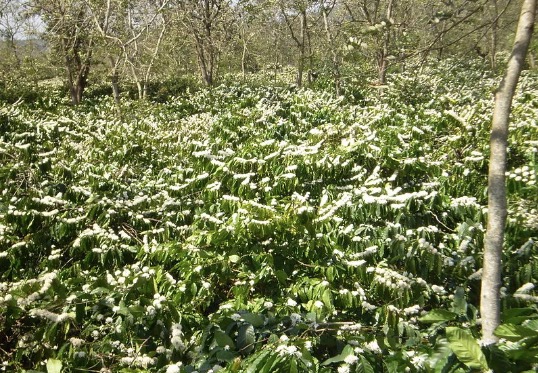
Northern Vietnam: Arabica is mainly grown in places such as Son La, Thanh Hoa, and Quang Tri in northern Vietnam, close to Hanoi. This region has a higher altitude that allows Arabica to grow, with an altitude of 800-1,600 meters, and it is also harvested from November to the following March. It mainly grows Bourbon, Catimor, and Robusta TR series, and Arabica only accounts for about 2%-3% of Vietnam’s total coffee production.
The classification of Vietnamese coffee is relatively simple, and it is graded based on the number of defect rates contained in 300g of raw coffee beans.
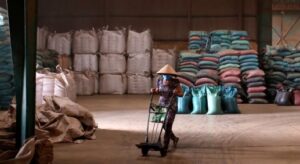
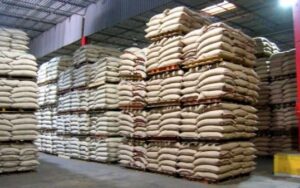


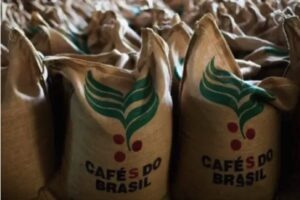


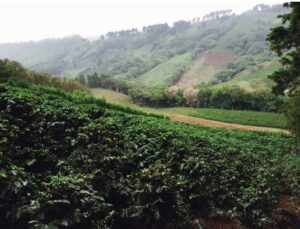

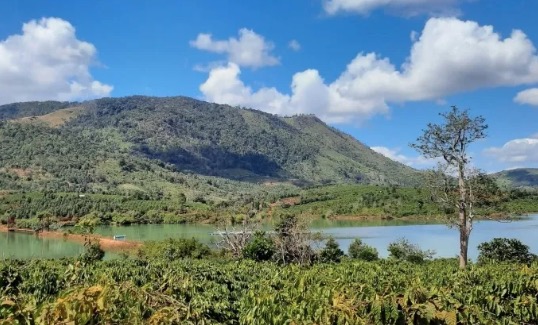
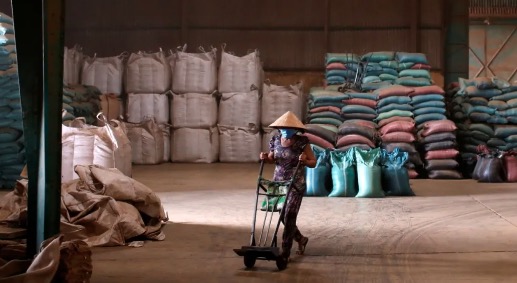
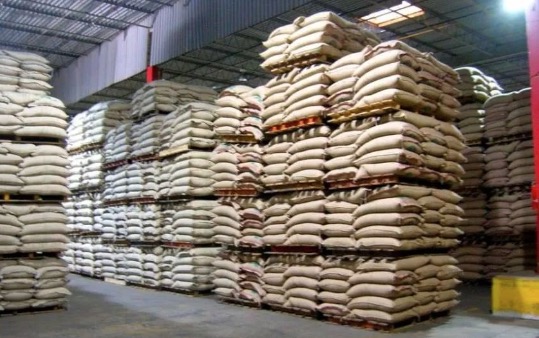


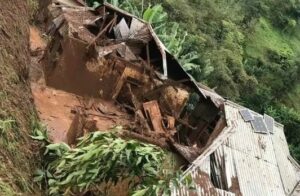

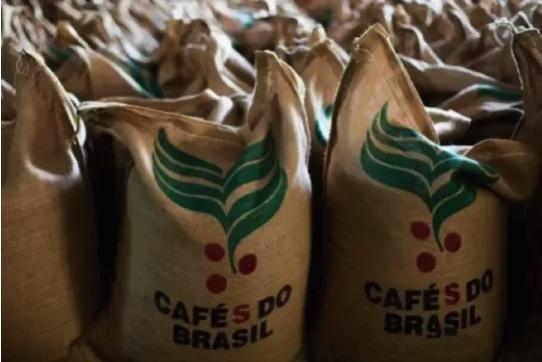

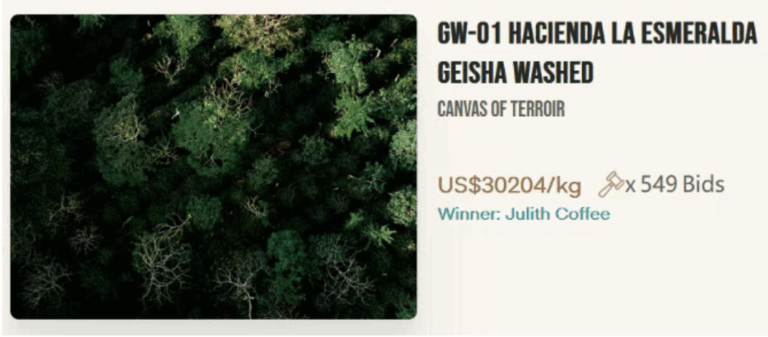
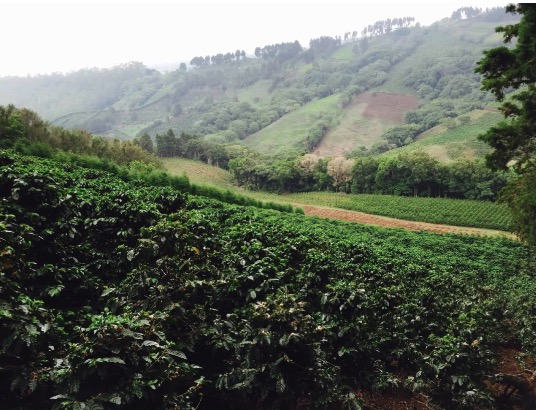
+ There are no comments
Add yours